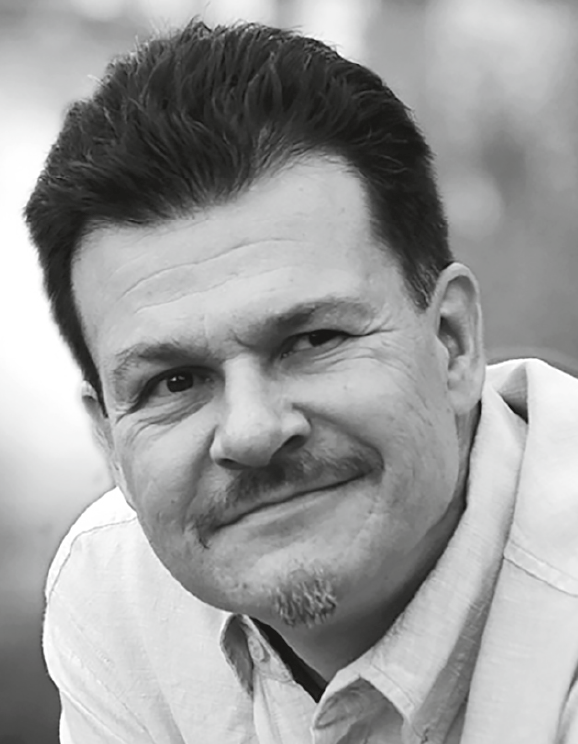Brave New World and the Dualism of Light(ing)
The lighting business has been quite predictable over a long period of time. Technical changes were introduced slowly, dominated by a handful of leading companies, and mostly due to new, but not disruptive light sources. The life of engineers was mainly determined by a manageable number of parameters: Lighting requirements, light source parameters, costs, product dimensions, and the odd, required feature.
The introduction of LEDs as a light source was a disruptive event in the comparatively “placid” life of an engineer in the lighting business. While the concomitant digitalization was seen as an advantage for the industry because of the seemingly endless number of new lighting opportunities, making the new “digital” light source work properly with the old analogue technology was anything but trivial. In addition, the industry now followed the rules of the semiconductor business: Faster production cycles, unfamiliar technologies, requests for added value, to name just a few. But this was just the beginning.
Added value became important for a company to survive in the new semiconductor shaped environment. But it’s a challenge for employees - including the engineers. Human Centric Lighting (HCL) and Internet of Things (IoT) are the new bearers of hope for the big businesses. While HCL needs advanced controls options and asks for automation to provide added value, which means additional costs, the implementation of IoT seems to be the logical way to go. The lighting devices as enablers and central components should open the door to this “brave new world” of services. Selling “lighting as a service”, and more so, lighting products as “carriers of a service” is a technological challenge.
The electronics engineer for controls is especially confronted with technical issues that have nothing to do with lighting while having to think about the best way to control the light - hopefully the main function of a luminaire or lighting system. On the other hand, they need to ensure that the implemented added value works smoothly and does not add too many costs, does not make commissioning of the lighting system more complicated, but rather, even helps to simplify this process. System complexity is exploding, while user friendliness must be improved.
As if these demands are not enough, the number of different, barely compatible systems that need to be connected is meanwhile huge: IPv6, BLE, ZigBee, etc. Choosing the right system, solving security issues and privacy requirements that differ from country to country is also necessary. These are all questions that the earlier generation of lighting engineers didn’t have to worry about.
LiFi technology is knocking loudly on the door, promoted by different groups. While still under development and more of a niche product, the commercial implementation of this exciting technology in lighting products carries new challenges with it. Merging two functions using one carrier, visible light, concerns both the optical engineer and electronics engineer. A very high frequency modulation for data transmission versus flicker-free illumination, convenient light levels and proper spatial light distribution are properties that seem contradictory. It will be exciting to see the solutions for commercial products.
Referring to the wave-particle dualism, we recognize this as “the dualism of lighting”. In any scenario, at least two independent functions will challenge the engineer. One may ask if being an engineer in this business is a good idea. But even though it sounds complicated and cumbersome - almost impossible - this job has never before been so interesting, rich in variety, and exciting. The chance to create something unique and exceptional was never bigger for the lighting engineer than it is today.
Arno Grabher-Meyer
He originally studied biology at the University of Innsbruck. He was involved in several scientific documentation projects for the Alpenzoo (Alpine Zoo) and a documentary film for the BBC with David Attenborough. He worked as a freelance photographer for the Inatura (Museum for Nature, Humans and Technology) in Dornbirn.
He earned his engineering degree through continued education and in 2005 went to work for Luger Research. Here Arno worked on several LED lighting research projects in conjunction with the Austrian Competence Center Light.
His job as Chief Editor started in 2006 when Luger Research initiated LED professional. Part of this multi-faceted job is being responsible for the editorial content of the magazine and online news.
(c) Luger Research e.U. - 2017

